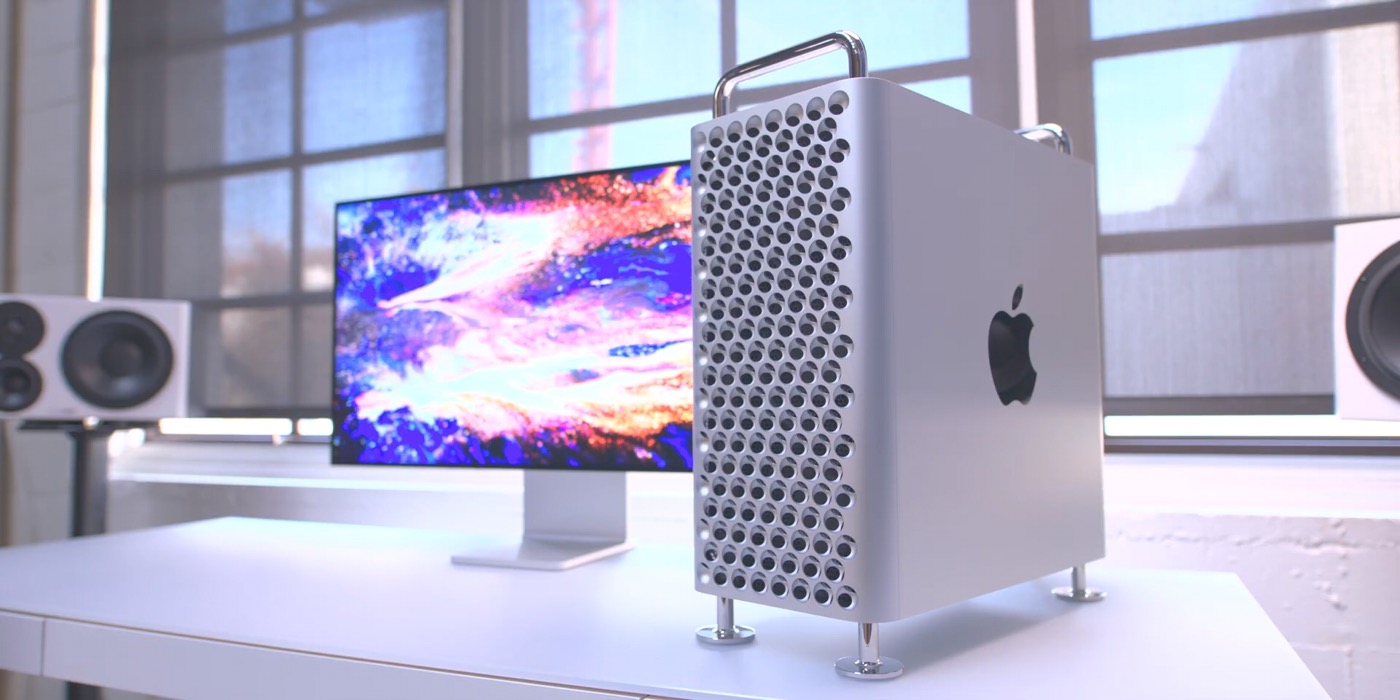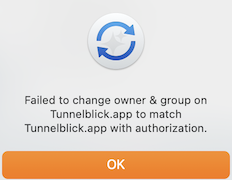

- #TUNNELBLICK APPLE SILICON INSTALL#
- #TUNNELBLICK APPLE SILICON PRO#
- #TUNNELBLICK APPLE SILICON LICENSE#
- #TUNNELBLICK APPLE SILICON DOWNLOAD#
- #TUNNELBLICK APPLE SILICON WINDOWS#
When asked for input, you should be able to accept the defaults (as we set in the vars.bat file earlier but remember, we must specify a KEY_CN (Common Name) and when asked for the Name, it should match the Common Name. Great, now we will build the CA (certificate authority) by running the following command: build-ca.bat Next you should save the changes to the file and then using Command Prompt, run the following commands: cd \Ĭlean-all.bat Generate the CA and Server certificates Set KEY_NAME=Use same as the Common Name!įor the security paranoid amongst us, you may also look at increasing the value of the KEY_SIZE variable from 1024 to, for example 2048 but this will slow down TLS negotiation performance – your call really! Mine now looks as follows – These values are only defaults that will be pre-populated when using the build scripts, and given that the KEY_CN and KEY_NAME will be unique for each build request, I’ve changed them just for reference notes really – this will be outputted so will act as a note to you (the admin) in future: set KEY_COUNTRY=GB Now, using Notepad (or another text editor) edit the batch file named vars.bat, we need to configure some variables…Ĭhange the following settings (nearer the bottom of the file) to meet your requirements: set KEY_COUNTRY=US
#TUNNELBLICK APPLE SILICON WINDOWS#
So now we need to open up the following directory using Windows Explorer: Running init-config.bat script will generate a new vars.bat file in our easy-rsa directory, this file will contain our configuration. If you are interested, the source code, further information on the utility and the issue tracker can be found on it’s GitHub project page.Īnyway, it’s get on and configure easy-rsa, open up Command Prompt and then type the following commands: cd \ In laymen’s terms, this means to create a root certificate authority, and request and sign certificates, including sub-CAs and certificate revokation lists (CRL). Installation is now complete, now click Finish and we’ll move on to configuring the server.Įasy-rsa is a CLI utility to build and manage a PKI CA. Once the installation is complete, you’ll then need to click Next…
#TUNNELBLICK APPLE SILICON INSTALL#
You’ll then be asked to choose which components to install, you will need to ensure that you select ALL components, this is very important otherwise you will not get Easy-RSA and other utilities that we will need, when you are happen then click Next…Ĭhoose where you want to install the software and where the configuration will be stored, I simply accepted the defaults and then click Install…ĭuring the installation you will be prompted to install the virtual TAP NIC adapter, this is a virtual network device that is required by OpenVPN server, you will need to click Install here…
#TUNNELBLICK APPLE SILICON LICENSE#
Next you will be presented with the License Agreement, read and click the I Agree button to continue…

We will now log on to our Windows Server 2012 R2 desktop and then run the OpenVPN Server installer ( openvpn-install-2.3.10-I601-x86_64.exe) installer, the following screen will appear, click Next to start the installation…

Once installed, this will enable the client machine (the MacOSX laptop) to connect to the VPN using a split tunnel configuration using a split tunnel will ensure that only traffic that is destined for the VPN network will be routed over the VPN, your internet connection and other traffic will be routed locally of which will increase speed and performance – Again, this was another requirement, before doing this yourself please understand the security implications of such a setup.
#TUNNELBLICK APPLE SILICON DOWNLOAD#
You can download both of these versions from my site if you wish!

#TUNNELBLICK APPLE SILICON PRO#
The requirements really consisted of a using Windows Server (ease of management) with the ability for MacOSX laptops to connect over a VPN to it.Ī couple of years ago, I had a similar setup that I used to connect to my home network using my own MacBook Pro but this time I thought I’d document it to help others. This weekend a friend of mine asked my advice on setting up a VPN for his business to enable remote workers to connect and access the office’s file server and other internally hosted data.


 0 kommentar(er)
0 kommentar(er)
